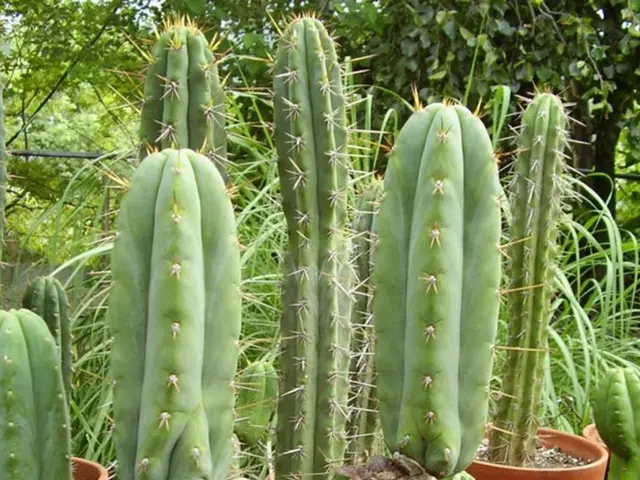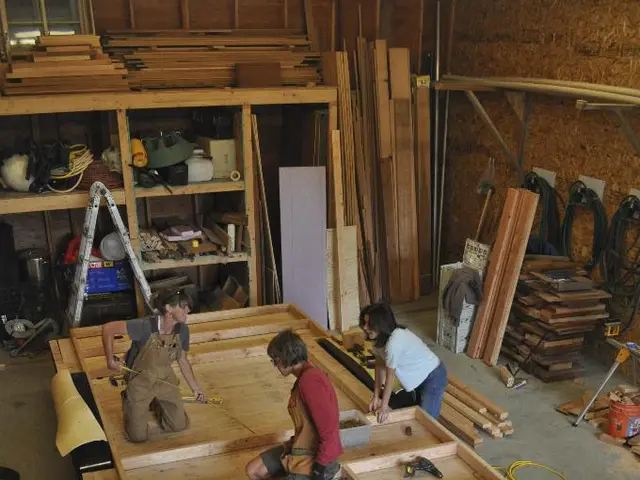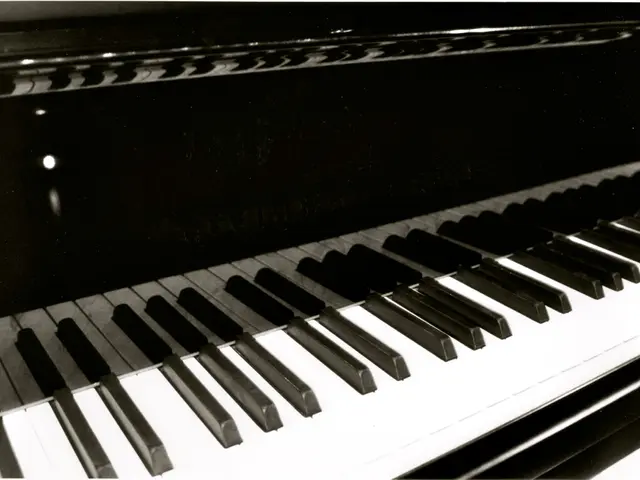Fun Water-Saving Activities for Children:
In an effort to teach key environmental science concepts and align with the Next Generation Science Standards (NGSS), elementary school educators are incorporating hands-on water conservation activities into their curriculum. These interactive, student-centered learning experiences not only foster a meaningful understanding of water conservation but also help students meet NGSS guidelines related to Earth’s systems and environmental stewardship.
One popular approach is Water Cycle Experiments, such as creating a "water cycle in a bag" or a mini water cycle experiment. These activities allow students to observe evaporation, condensation, precipitation, and collection firsthand, helping them understand Earth's water processes. Activities like these are aligned with NGSS standards such as K-ESS2-1, 2-ESS2-3, and 3-ESS2-1, which focus on weather patterns, water states, and data representation related to weather conditions.
Another effective idea is the Water Source Comparison Lab, where students use graduated cylinders, water, and food colouring to compare proportions of saltwater, freshwater, ice caps, glaciers, groundwater, and surface water. This lab highlights the scarcity and importance of freshwater, addressing NGSS standards related to Earth's water resources (e.g., 5-ESS2-2).
Participating in structured programs like the National Zoo’s Conservation Classroom offers interactive, monthly lessons with engaging activities that cover water conservation concepts. These include video introductions, virtual educator sessions, synchronous/asynchronous activities, and real-world connections to careers. The program supports NGSS and adapts to diverse learning groups, making it accessible and comprehensive.
For younger learners, short animated videos explaining water conservation concepts can supplement activities, helping children understand the importance of saving water in everyday life.
The Water Conservation Pack supports science learning, meeting key science objectives related to Earth Systems, Environmental Science, Human Impact, and Conservation. The pack is appropriate for environmental education programs and covers core concepts like Earth's freshwater resources and distribution. It also presents a Water Pollution Cleanup Challenge and includes a DIY water filtration experiment.
The pack encourages critical thinking, data collection, and hands-on problem-solving. It offers a Creative Writing Prompt: "A Day Without Water" to blend science and literacy, and the Water Study Unit within the pack includes water cycle diagrams and vocabulary. The Water Study Unit covers Earth's water distribution (fresh vs. saltwater) and discusses global water issues (scarcity & pollution).
The pack is designed for integrating environmental science into curriculum and is suitable for elementary school classrooms (Grades K-5). It includes a Mini Water Conservation Journal for personal water tracking and reflection, a Rainwater Collection STEM Project, and a Water Cycle in a Bag STEM Project. The pack supports cross-curricular learning by blending STEM, literacy, and environmental education, making it a valuable resource for STEM clubs, eco-clubs, and afterschool programs.
The pack can be used for sub plans or Earth Month enrichment and is also suitable for homeschool families looking for science units. It reinforces Next Generation Science Standards (NGSS) concepts like ESS2.C (Water in the Earth System) and ESS3.C (Human Impacts on Earth Systems). In conclusion, these water conservation activities offer an engaging and effective way for students to learn about the importance of water conservation and the impact of human actions on Earth's water systems.
Kids in kindergarten and elementary schools can delve into the intricacies of water conservation through hands-on projects and activities. These educational endeavors, such as Water Cycle Experiments and the Water Source Comparison Lab, align with Next Generation Science Standards (NGSS), specifically focusing on Earth’s systems, environmental stewardship, and Earth’s water resources.
An animated video series can serve as an engaging supplement for younger learners, helping them grasp the significance of water conservation in their daily lives. Structured programs like the National Zoo’s Conservation Classroom offer a more comprehensive approach, providing interactive lessons that cover water conservation concepts and emphasizing real-world connections to careers.
The Water Conservation Pack caters to diverse learning needs, encouraging critical thinking, data collection, and hands-on problem-solving while meeting key science objectives related to Earth Systems, Environmental Science, and Conservation. It offers a Creative Writing Prompt,Blending science and literacy, and covers core concepts like Earth’s freshwater resources and distribution.
The pack is suitable for students in grades K-5 and includes a Mini Water Conservation Journal, a Rainwater Collection STEM Project, and a Water Cycle in a Bag STEM Project. It supports cross-curricular learning by integrating STEM, literacy, and environmental education, making it a valuable resource for STEM clubs, eco-clubs, afterschool programs, homeschool families, and teachers for sub plans or Earth Month enrichment.
Through these hands-on projects and activities, kids can develop a meaningful understanding of water conservation, environmental science, engineering, and the impact of human actions on Earth’s water systems and environmental-science education and self-development. These initiatives not only foster a sense of stewardship but also lay a solid foundation for future learning in STEM and environmental studies.





